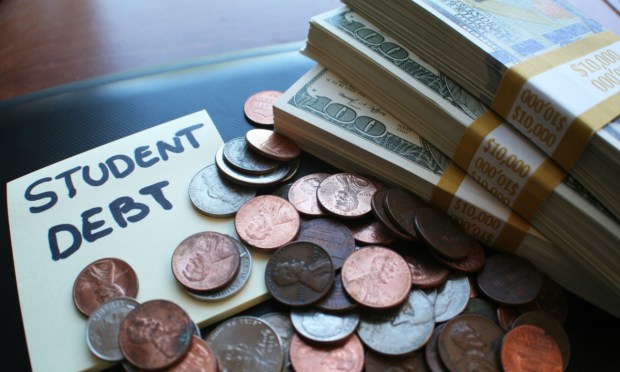
The federal government has erased more than $127 billion in student loans since 2021.
That debt forgiveness came from changes to existing programs, Bloomberg News reported Saturday (Nov. 11), freeing up some borrowers in spite of a Supreme Court ruling blocking President Joe Biden’s student loan forgiveness program.
The report notes that many of these borrowers had applied for forgiveness only to be denied. More than 3.6 million people, Bloomberg said, have had their student loan debt erased since Biden took office.
Bloomberg’s report focuses on one of those borrowers, New York City-based public interest attorney Justin La Mort, who had about $150,000 of law school debt forgiven after 10 years of payments via the Public Service Loan Forgiveness (PSLF) program.
Even that process wasn’t easy, said La Mort, who had to wait for his loans to be consolidated, and submit his application several times. Still, he says he’ll be able to begin saving, including for his own children’s education.
“I’ll still be doing public interest work,” he said. “But now I no longer have to worry if my work is eligible for the program.”
The report noted that there had long been a steep rate of denial — as high as 99% at one point — for borrowers applying for PSLF and Income-Driven Repayment (IDR) plans, as well as widespread confusion about IDR plans.
According to Bloomberg, the administration has forgiven about $93 billion through PSLF and IDR plans, as well as $11.7 billion in loans for those with a total and permanent disability after allowing a data match with the Social Security Administration, and $22.5 billion for borrowers who saw their schools close or were “cheated” by them.
As noted here last month, borrowers who still need to repay their loans have faced their own challenges, from incorrect bills and to hourslong wait times on the phone.
“It’s a challenging environment,” Scott Buchanan, executive director of the Student Loan Servicing Alliance, a federal student loan servicers trade group, told CNBC. “Sometimes there are incredibly divergent call-hold times from what we’d like to see.”
In August, the Biden administration unveiled the Saving on a Valuable Education (SAVE) plan, which offers an income-driven repayment model that calculates monthly payments based on a borrower’s income and family size, instead of their loan balance.
As PYMNTS wrote, the plan also offers loan forgiveness after a specified number of years, and cuts undergraduate loan payments in half, lowering the burden from 10% to 5% of discretionary income.